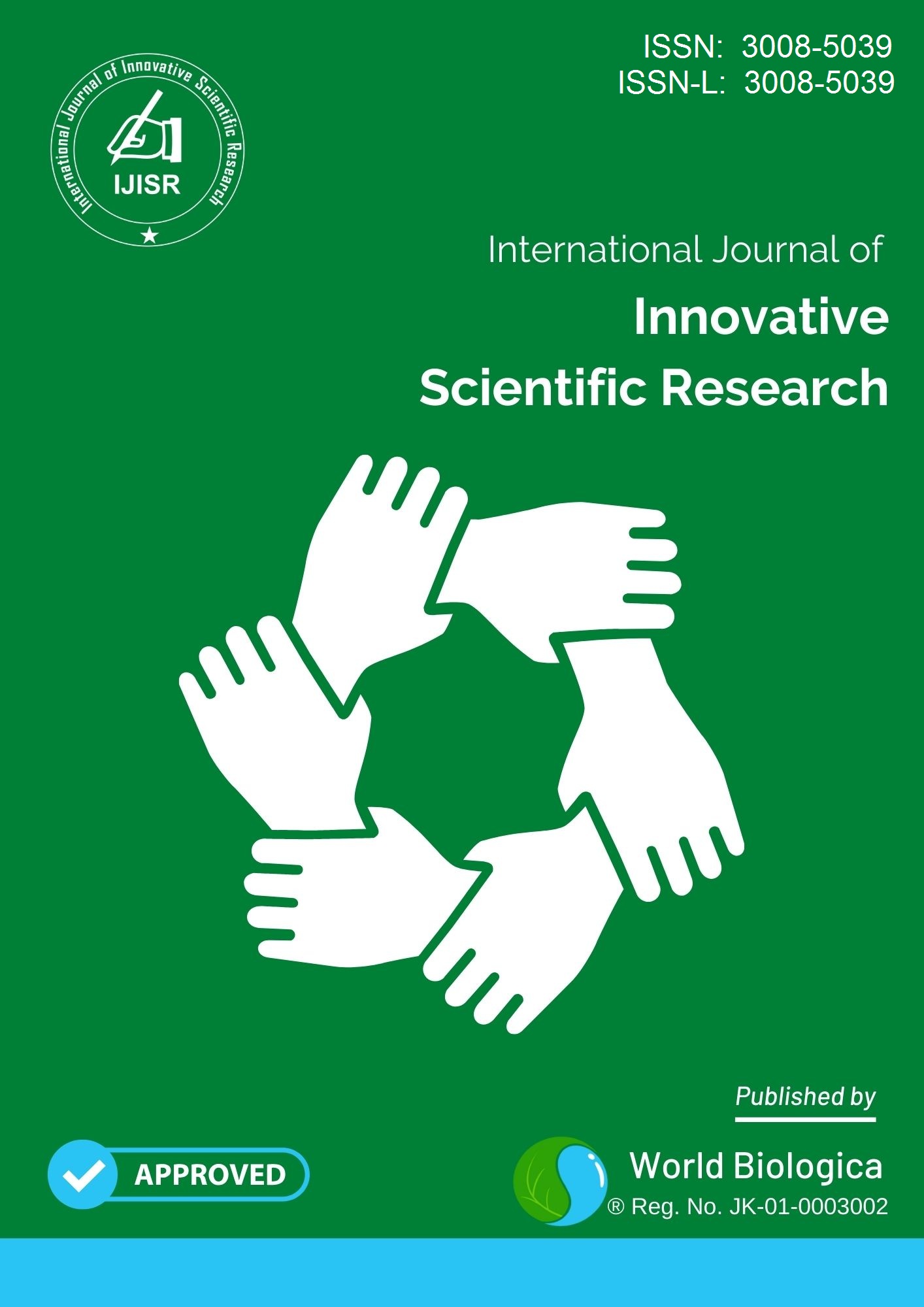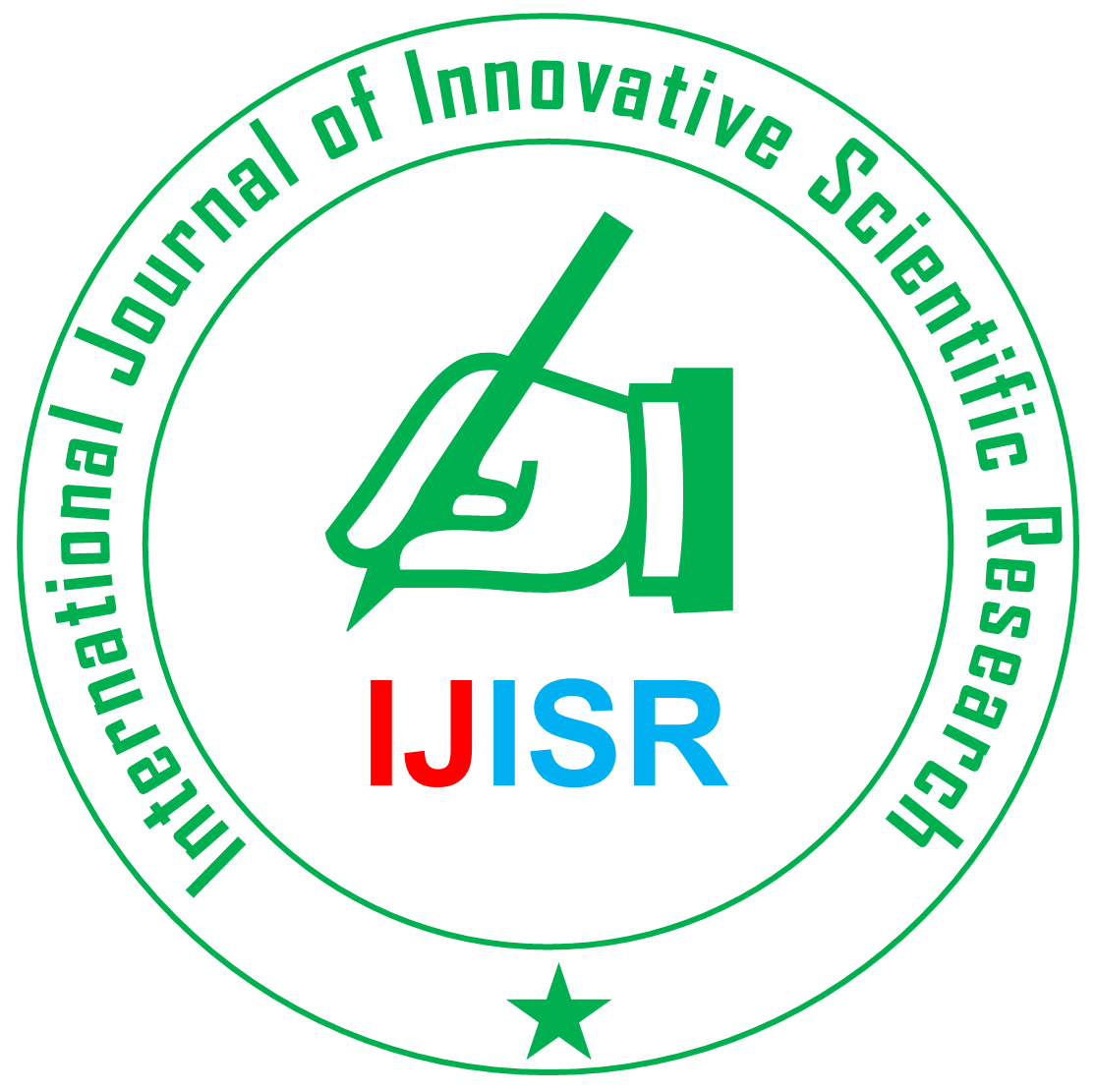Systemic Review and Role of Zebrafish as a Pharmacological Model
Keywords:
Zebrafish, Toxicity screening, Alzheimer's disease model, Parkinson's disease model, Diabetes mellitus model, Cancer researchAbstract
Zebrafish (Danio rerio) are transforming drug discovery and safety assessment. Their genetic similarity and transparent embryos enable real-time visualization of drug effects. This has led to breakthroughs in neuropharmacology, cardiology, and oncology, paving the way for personalized medicine. Zebrafish also provide a cost-effective and ethical alternative for toxicology testing. Their sensitivity to toxins and human-like development aid in identifying potential hazards. This has informed risk assessment and the development of safer, more efficacious therapeutics. Overall, this systematic review demonstrates the significant role of zebrafish as a pharmacological model and underscores its importance in advancing drug discovery and development. Future research utilizing zebrafish is expected to further enhance our understanding of pharmacology and lead to the development of new and effective therapeutics for various diseases.
References
Goldsmith P. Zebrafish as a pharmacological tool: the how, why and when. Current opinion in pharmacology. 2004 Oct 1;4(5):504-12.
Vargesson, Neil. (2007). Zebrafish in 'Manual of Animal Technology'.
Lawrence C. The husbandry of zebrafish (Danio rerio): A review. Aquaculture. 2007 Sep 14;269(1-4):1-20.
Aleström P, D’Angelo L, Midtlyng PJ, Schorderet DF, Schulte-Merker S, Sohm F, Warner S. Zebrafish: Housing and husbandry recommendations. Laboratory animals. 2020 Jun;54(3):213-24.
Nowik N, Podlasz P, Jakimiuk A, Kasica N, Sienkiewicz W, Kaleczyc J. Zebrafish: an animal model for research in veterinary medicine. Polish journal of veterinary sciences. 2015;18(3).
Gerhard GS. Comparative aspects of zebrafish (Danio rerio) as a model for aging research. Experimental Gerontology. 2003 Nov 1;38(11-12):1333-41.
Chowdhury K, Lin S, Lai SL. Comparative study in zebrafish and medaka unravels the mechanisms of tissue regeneration. Frontiers in Ecology and Evolution. 2022 Feb 1; 10:783818.
Schilling TF, Webb J. Considering the zebrafish in a comparative context. Journal of Experimental Zoology Part B: Molecular and Developmental Evolution. 2007 Sep 15;308(5):515-22.
Kandasamy T, Chandrasekar S, Pichaivel M, Pachaiappan S, Muthusamy G, Sumathi L. A review of zebrafish as an alternative animal model and its benefits over other animal models in various disease conditions. Saudi J. Biomed. Res. 2022; 7:355-9.
Eimon PM, Rubinstein AL. The use of in vivo zebrafish assays in drug toxicity screening. Expert opinion on drug metabolism & toxicology. 2009 Apr 1;5(4):393-401.
Modarresi Chahardehi A, Arsad H, Lim V. Zebrafish as a successful animal model for screening toxicity of medicinal plants. Plants. 2020 Oct 12;9(10):1345.
Bauer B, Mally A, Liedtke D. Zebrafish embryos and larvae as alternative animal models for toxicity testing. International journal of molecular sciences. 2021 Dec 14;22(24):13417.
Newman M, Ebrahimie E, Lardelli M. Using the zebrafish model for Alzheimer’s disease research. Frontiers in genetics. 2014 Jun 30; 5:89269.
Saleem S, Kannan RR. Zebrafish: an emerging real-time model system to study Alzheimer’s disease and neurospecific drug discovery. Cell death discovery. 2018 Oct 3;4(1):45.
Saraceno C, Musardo S, Marcello E, Pelucchi S, Di Luca M. Modeling Alzheimer’s disease: from past to future. Frontiers in pharmacology. 2013 Jun 19; 4:77.
Santana S, Rico EP, Burgos JS. Can zebrafish be used as animal model to study Alzheimer's disease? American journal of neurodegenerative disease. 2012;1(1):32.
Shenoy A, Banerjee M, Upadhya A, Bagwe-Parab S, Kaur G. The Brilliance of the Zebrafish Model: Perception on Behavior and Alzheimer’s Disease. Frontiers in behavioral neuroscience. 2022 Jun 13; 16:861155.
Thawkar BS, Kaur G. Zebrafish as a promising tool for modeling neurotoxin-induced Alzheimer’s disease. Neurotoxicity research. 2021 Jun; 39:949-65.
Vaz RL, Outeiro TF, Ferreira JJ. Zebrafish as an animal model for drug discovery in Parkinson’s disease and other movement disorders: a systematic review. Frontiers in neurology. 2018 Jun 1; 9:357994.
Doyle JM, Croll RP. A critical review of zebrafish models of Parkinson’s disease. Frontiers in Pharmacology. 2022 Mar 15; 13:835827.
Connaughton, V.P.; Baker, C.; Fonde, L.; Gerardi, E.; Slack, C. Alternate immersion in an external glucose solution differentially affects blood sugar values in older versus younger zebrafish adults. Zebrafish 2016, 13, 87–94.
Gleeson M, Connaughton V, Arneson LS. Induction of hyperglycemia in zebrafish (Danio rerio) leads to morphological changes in the retina. Acta Diabetol 2007; 44: 157 – 163.
Mostafavinia, A.; Amini, A.; Ghorishi, S.K.; Pouriran, R.; Bayat, M. The effects of dosage and the routes of administrations of streptozotocin and alloxan on induction rate of type1 diabetes mellitus and mortality rate in rats. Lab. Anim. Res. 2016, 32, 160–165.
Eames SC, Philipson LH, Prince VE et al. Blood sugar measurement in zebrafish reveals dynamics of glucose homeostasis. Zebrafish 2010; 7: 205 – 213.
Jurczyk A, Roy N, Bajwa R et al. Dynamic glucoregulation and mammalian-like responses to metabolic and developmental disruption in zebrafish. Gen Comp Endocrinol 2011; 170: 334 – 345.
Hason M, Bartůněk P. Zebrafish models of cancer—new insights on modelling human cancer in a non-mammalian vertebrate. Genes. 2019 Nov 15;10(11):935.
Gamble JT, Elson DJ, Greenwood JA, Tanguay RL, Kolluri SK. The zebrafish xenograft models for investigating cancer and cancer therapeutics. Biology. 2021 Mar 24;10(4):252.
Letrado P, de Miguel I, Lamberto I, Díez-Martínez R, Oyarzabal J. Zebrafish: speeding up the cancer drug discovery process. Cancer research. 2018 Nov 1;78(21):6048-58.
Zhao S, Huang J, Ye J. A fresh look at zebrafish from the perspective of cancer research. Journal of Experimental & Clinical Cancer Research. 2015 Dec;34
Santana S, Rico EP, Burgos JS. Can zebrafish be used as animal model to study Alzheimer's disease? American journal of neurodegenerative disease. 2012;1(1):32.
Zhao, F., Jiang, G., Wei, P., Wang, H., and Ru, S. (2018b). Bisphenol S exposure impairs glucose homeostasis in male zebrafish (Danio rerio). Ecotoxicol. Environ. Saf. 147, 794–802. doi: 10.1016/j.ecoenv.2017.09.048.
Zhao, F., Wang, H., Wei, P., Jiang, G., Wang, W., Zhang, X., et al. (2018a). Impairment of bisphenol F on the glucose metabolism of zebrafish larvae. Ecotoxicol. Environ. Saf. 165, 386–392. doi: 10.1016/j.ecoenv.2018.09.017.
Al-Thani HF, Shurbaji S, Yalcin HC. Zebrafish as a model for anticancer nanomedicine studies. Pharmaceuticals. 2021 Jun 28;14(7):625.
Downloads
Published
How to Cite
Issue
Section
License
Copyright (c) 2024 International Journal of Innovative Scientific Research

This work is licensed under a Creative Commons Attribution-ShareAlike 4.0 International License.











